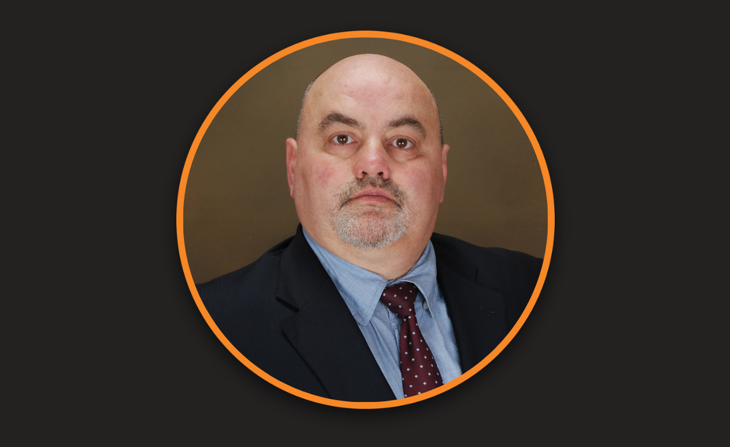
Stan Szczepanik: The pandemic has caused a significant shift in how people are spending their money - there's more online shopping, and a lot of folks are working from home.
Consequently, there’s more focus on investment in residential development, urban development, distribution centres for online shopping and getting those purchases out to people – and that’s here to stay even as Covid continues to wind down.
The other major trend is the focus on ESG. Many firms are trying to build ESG investments such as affordable housing, green energy and alternative energy infrastructure projects. Firms are talking about these sorts of projects to attract additional investors and show they are relevant in terms of how people are looking at the world today.
Stan: One of the most significant benefits is the increasing yields and margins. A McKinsey report in 2021 showed that private market investments had 27% returns, which is very attractive to most insurers.
“Private assets can help insurers be more efficient at making money
on their investments.”
I also think insurers are constantly thinking about how to diversify their portfolio. In the past, they have been relatively fixed income-focused and didn’t take as many risks as they are now with private markets. However, as they see returns grow, they're looking to diversify their portfolio and match long-term assets and cash flows with their long-term liabilities. So that’s also a factor in how insurers decide where to invest their money.
Stan: Yes. Everyone's always looking for better yields and returns, and obviously, there's an increase in the risk of getting into some of these deals. Still, I think they're weighing those risks versus the returns and making educated decisions on how to invest.
Stan: Insurers are finding out its not plain vanilla to do the accounting and valuation on these investments, and I think many firms are struggling internally to find the expertise to get some of those things done. This is a somewhat unique challenge versus regular public investments, where the information is readily available.
I think insurers are also finding reporting is becoming a lot more challenging. First off, their end investors want more information—for instance, data on liquidity and expected cash flows on private market investments. Secondly, from a regulatory perspective, insurers are subject to both GAAP and Statutory reporting requirements where certain types of private investments, such as Limited Partnerships, must be classified correctly and reported properly on NAIC schedules, such as Schedule BA. And third of all, there are capital and surplus implications on an insurer’s balance sheet when they increase allocation and exposure to less liquid, private assets. So, there's much more expertise needed to invest in, process, account and report on these types of assets properly, and I think many of these firms don't necessarily have this built into their current infrastructure or operating model today.
Stan: Insurance companies have two choices. They can hire an extensive team to handle the accounting and valuation of the investments and acquire a technology system that can assist them in tracking all that. Alternatively, they can partner with a company that can do it for them through an outsourcing or co-sourcing arrangement.
Stan: Many fund administrators don't have the breadth of knowledge on all these asset types, so picking a firm with the right expertise across various verticals where you could invest is essential.
“The partner needs to have the right technology to handle those asset
types more automatically and systematically.”
At SS&C, we’ve focused on improving our technology through AI, natural language processing, and machine learning to streamline the process to build a more scalable solution for our insurance clients. This means having expertise and understanding of the asset class and having the technology behind it to efficiently process and account for each asset type while delivering value-added service.
For instance, we've built an optical character recognition program to allow us to take a lot of paper in and automatically digitize the information — which is how the private markets industry works. But, of course, not all data comes in electronically.
The technology can read those forms and process them directly into our system. This speeds up the entire process and allows us to get to the end answers quicker than doing it more manually. In turn, we can deliver faster and more reliable accounting closes and comprehensive financial and regulatory reporting.